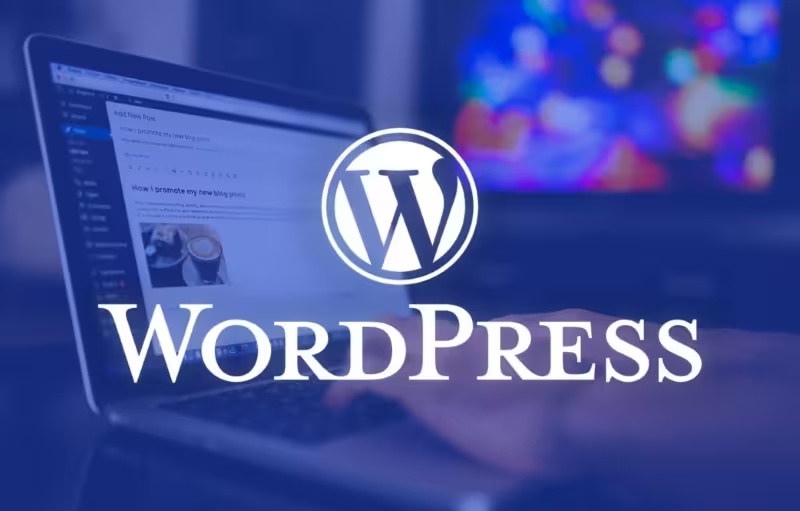How to Migrate to a Custom WordPress Website Without Losing SEO Rankings
- Muhammad Hassan
- Feb 6
- 3 min read

Migrating to a custom WordPress development company website can significantly enhance your website's performance, flexibility, and security. However, if not done correctly, the migration can lead to SEO losses, including lower rankings and reduced traffic. This guide will walk you through the essential steps to ensure a smooth transition while maintaining or even improving your SEO.
1. Why Migrate to a Custom WordPress Website?

Migrating to a custom WordPress website offers several advantages, including:
Enhanced Performance: Custom themes and plugins tailored to your needs.
Better Security: Reduced reliance on third-party tools, minimizing vulnerabilities.
SEO Optimization: A custom WordPress development company ensures clean code and better SEO practices.
Scalability: The ability to expand features without performance issues.
Branding & Uniqueness: A distinct design reflecting your brand identity.
However, a migration must be carefully planned to prevent loss of rankings and organic traffic.
2. Pre-Migration Preparation

2.1 Conduct a Full Website Audit
Before migrating, perform an in-depth audit of your existing website to:
Identify high-ranking pages.
Assess traffic sources.
Evaluate backlink profiles.
Analyze existing content for performance.
Tools like Google Analytics, Google Search Console, and SEMrush can help gather data.
2.2 Backup Your Website
Create a complete backup of your current website, including:
Database
Media files
Themes and plugins
Content (blogs, pages, etc.)
3. Choosing the Right Custom WordPress Solution

Selecting a custom WordPress development company is crucial. Ensure they:
Have expertise in SEO-friendly development.
Provide clean and optimized code.
Offer migration support without disrupting search rankings.
Maintain security and performance best practices.
4. Setting Up Your New WordPress Website

4.1 Install and Configure WordPress
Set up WordPress on a staging environment.
Install necessary plugins and themes.
Ensure mobile responsiveness and speed optimization.
4.2 Content and URL Structure Migration
Maintain the same URL structure where possible.
Use 301 redirects for changed URLs.
Preserve metadata, alt tags, and structured data.
5. SEO Considerations During Migration

5.1 Preserve On-Page SEO
Retain title tags, meta descriptions, and headings.
Use a consistent keyword strategy.
Optimize images and media files.
5.2 Implement Proper Redirects
If URLs change, use 301 redirects to pass SEO value.
Redirect 301 /old-page/ https://yournewsite.com/new-page/5.3 Update Internal Linking Structure
Ensure all internal links point to the correct pages to prevent broken links and maintain link equity.
6. Post-Migration SEO Checklist

6.1 Monitor Search Console & Analytics
Submit your new sitemap to Google Search Console.
Check for crawl errors and fix any issues.
Compare traffic trends before and after migration.
6.2 Optimize Performance & Speed
Enable caching and compression.
Optimize database and media files.
Use a reliable hosting provider recommended by your custom WordPress development company.
6.3 Test and Optimize
Conduct an SEO audit after migration.
Fix broken links and missing metadata.
Improve content based on SEO best practices.
7. Hiring Experts for a Smooth Migration
If you lack technical expertise, consider working with professionals. You can hire remote development team specialists to handle your WordPress migration seamlessly. They offer:
Technical expertise in WordPress development.
SEO-friendly migration strategies.
Ongoing maintenance and support.
Conclusion
Migrating to a custom WordPress development company website doesn’t have to result in SEO losses. With careful planning, proper execution, and expert assistance, you can maintain or even improve your rankings. If you lack in-house expertise, you can always hire remote development team professionals to ensure a seamless transition. By following the outlined steps, your new WordPress site will be well-optimized, secure, and primed for success.





Comments